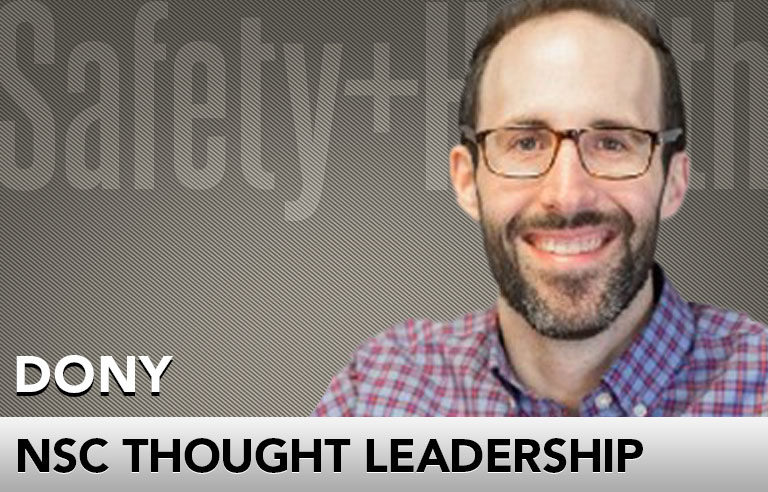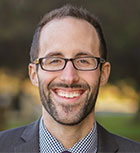NSC Thought Leadership: Redefining safety: The journey begins

What does it mean to be safe?
This simple question has spawned decades of debate. Even now, discussion continues about the true meaning of the word and the best way to manifest it in the field. Although this may be difficult for some to believe, societal and business perspectives shift over time – sometimes more radically and rapidly than others. As they do, the models we once used to understand, evaluate and act on these issues become outdated – even unhelpful – in effecting change in the world and the workplace.
Such is the case with safety today. In the past decade, the world has seen a rapid advancement in technologies, faced crises that have imperiled the health and well-being of the global population and economy, and gone through significant demographic and cultural change. Amid this, our definitions of safety and health couldn’t – and didn’t – remain static. In addition, the definition of safety already had been shifting, with the emergence of new thinking around leading indicators; serious injury, illness and fatality prevention; and human and organizational performance.
The past five years have also seen an influx of attention on areas less traditionally considered as belonging to the safety domain, particularly environmental, social and governance and total worker health. ESG and TWH were already seeing an increased focus among more mature organizations, with interlinks to traditional safety and health beginning to be established. However, the COVID-19 pandemic, alongside societal and workplace demographic changes, had forced greater attention on issues such as physical well-being; mental health; psychosocial risk; diversity, equity and inclusion; and sustainability, ethics and governance – driving a true transformation in the dialogue around the scope of safety.
Yet the models we rely on – philosophical and financial – do little, if anything, to account for this sea change. Tools such as the Heinrich triangle have long been insufficient to express the true value of safety and health. Even the more modern and sophisticated efforts grounded in accounting principles haven’t been updated to reckon with the new reality of the safety landscape. Each organization may be at a different point on its path toward understanding and embracing safety. However, it’s increasingly harder to ignore the fact that for many, the concept of safety has expanded to include safeguarding all the things that make us who we are – and all the things in and surrounding our work environments.
In this changed landscape, new models, language and tools are necessary. To this end, the National Safety Council, in partnership with and funded by Lloyd’s Register Foundation and assisted by a panel of experts, developed “The New Value of Safety & Health in a Changing World.” This report, published in October, represents a first step toward redefining safety. It proposes a model for the “new value of safety” and its components, as well as recommendations for action. In tandem with the report is a unique activation guide and case study that provide methodologies that can be used to put the model into practice. We encourage you to read the report with an eye toward actual change.
In the century-old words of Robert W. Campbell, the first president and CEO of NSC, safety can best be understood as “the study of the right way to do things.” This definition acknowledges that change is a constant. Embracing this means we must also change the way we perceive safety to remain relevant, responsive and reflective of the context in which we attempt to create it every day.
We welcome you to join us on this journey.
 John Dony is vice president of workplace strategy at NSC. In this capacity, he leads vision and strategic direction for the NSC Workplace Practice, including for thought leadership programs and offerings such as the Campbell Institute; Work to Zero; SAFER; the MSD Solutions Lab; NSC Networks; and NSC’s array of training, survey and consultative services.
John Dony is vice president of workplace strategy at NSC. In this capacity, he leads vision and strategic direction for the NSC Workplace Practice, including for thought leadership programs and offerings such as the Campbell Institute; Work to Zero; SAFER; the MSD Solutions Lab; NSC Networks; and NSC’s array of training, survey and consultative services.
Post a comment to this article
Safety+Health welcomes comments that promote respectful dialogue. Please stay on topic. Comments that contain personal attacks, profanity or abusive language – or those aggressively promoting products or services – will be removed. We reserve the right to determine which comments violate our comment policy. (Anonymous comments are welcome; merely skip the “name” field in the comment box. An email address is required but will not be included with your comment.)

